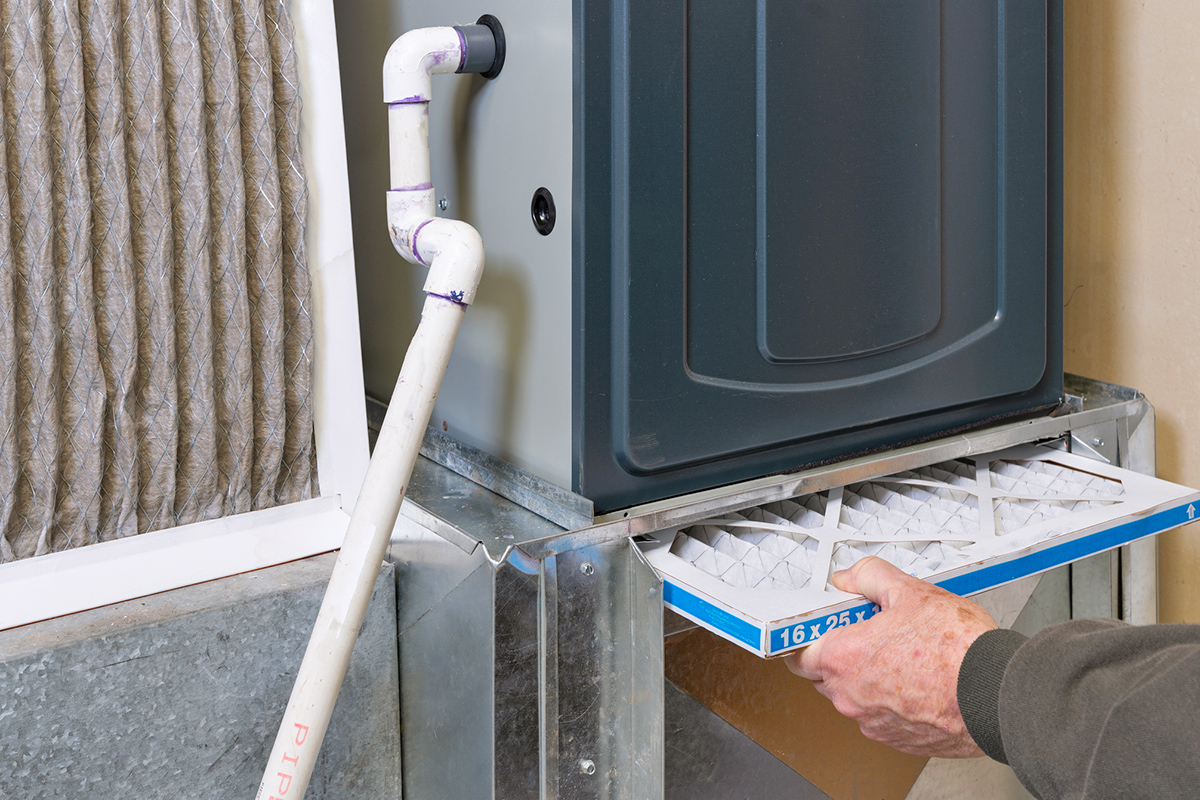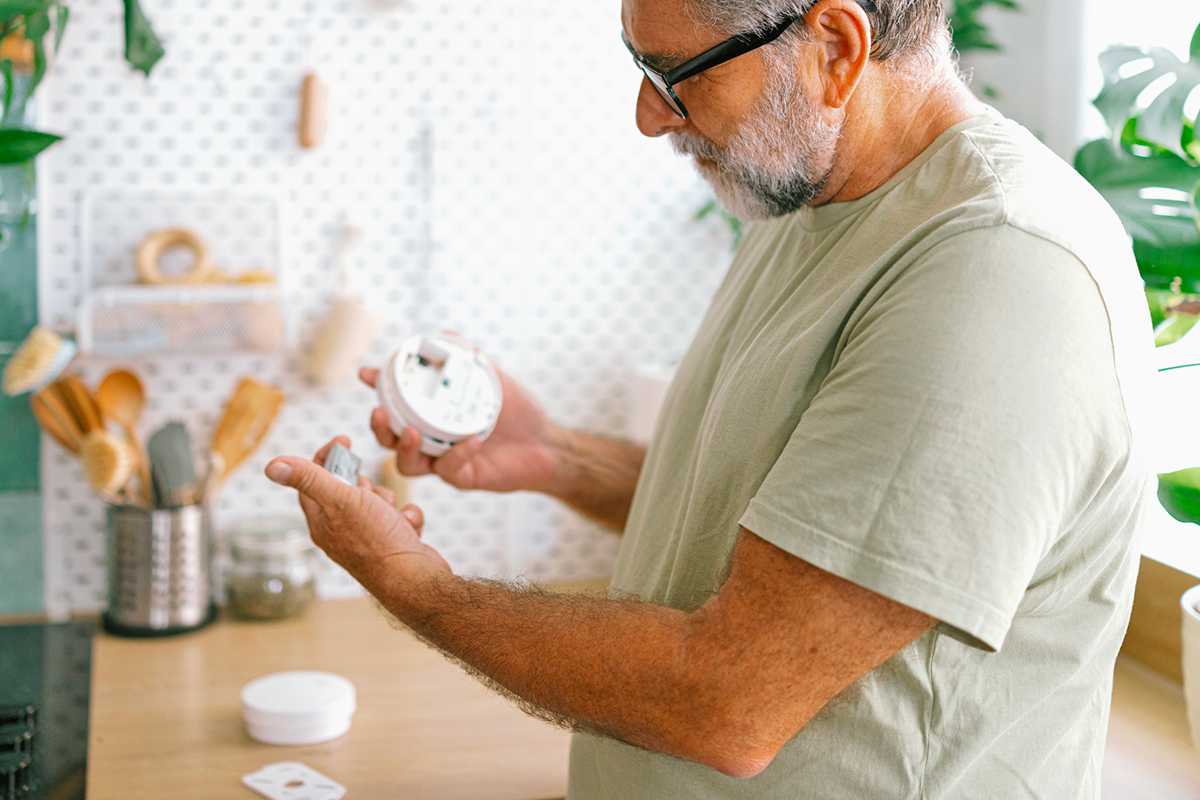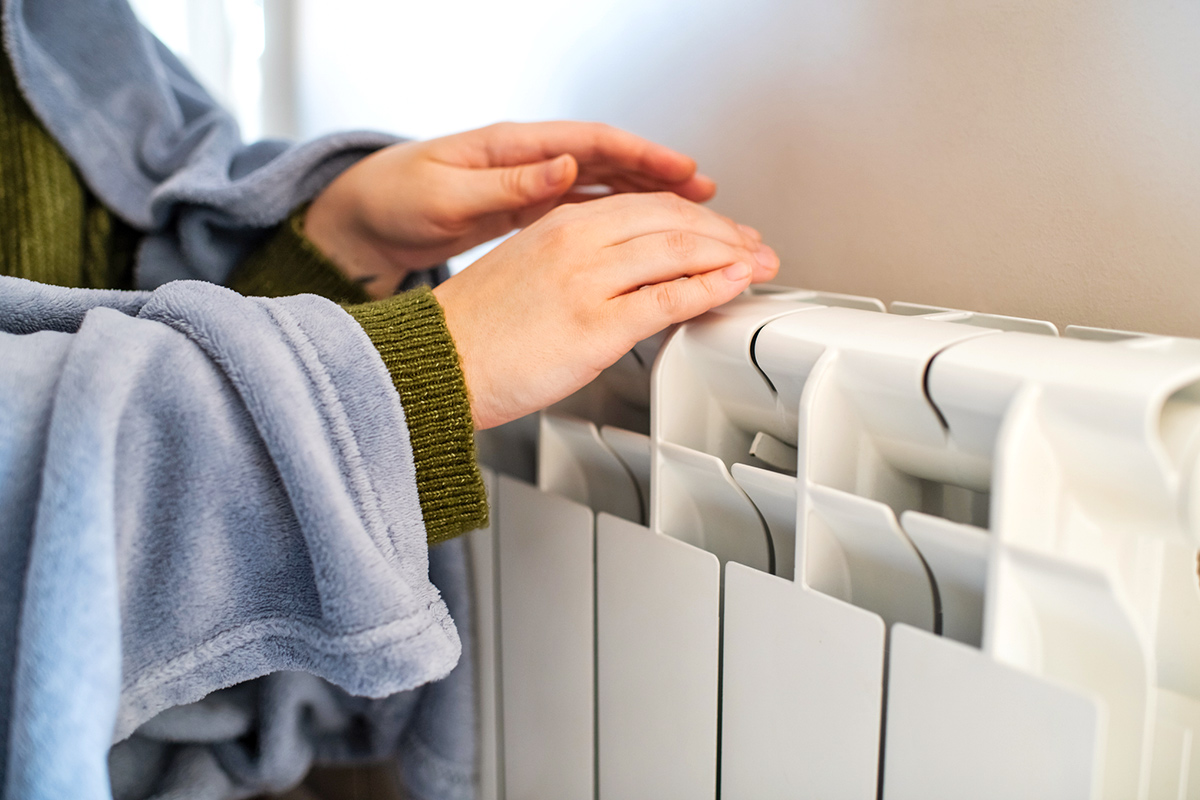With colder weather on the horizon, it’s time to start thinking about getting those puffer jackets out of storage and stocking up on copious amounts of hot cocoa mix. It’s also just about time to turn on the heat for the first time in months. Before you do, though, there’s one related task that you…
Locate the Furnace Filter
When was the last time you changed your furnace’s air filter? And furthermore, did you even know that it had an air filter? In any case, it’s worth swapping it out every three months. A new filter can improve your air quality, boost heating efficiency, and extend the life of the unit in a major way.
The very first step is to turn off the heating system — otherwise you risk potential injury or damage to the furnace. Next, locate the unit’s air filter, which may be in a variety of places, depending on the model.
The two most common locations are inside the furnace itself or within a return air vent. A furnace filter is typically located in the blower compartment, often behind a removable door or panel. Alternatively, your filter may be in a large return air vent, behind the grille where air is drawn into your HVAC system. These vents are most often found on a wall, ceiling, or floor.
Consult your unit’s manual if you’re not sure where the filter is. Once you’ve found it, remove the old filter, use a shop vac to suck up any dust or debris from the filter slot, then slide the new filter into place. Finally, turn your heating system back on.
More from our network
House Outlook is part of Inbox Studio, which publishes content that uplifts, informs, and inspires.
How To Choose the Right Filter
When shopping for a furnace air filter, consider whether you value energy efficiency, improved air quality, or a balance of both. Most products sold today are labeled with a MERV (Minimum Efficiency Reporting Value) rating, an industry standard that measures how well a filter captures different-sized airborne particles on a scale of 1 to 20.
Thirteen and above is deemed a high rating; these filters are capable of trapping tiny particles including bacteria, smoke, smog, and allergens. However, the dense material restricts airflow, potentially overworking older or less powerful HVAC systems. This is why many people opt for something in the middle with a MERV rating between 8 and 11, which provides clean air without damaging the system.
Remember to buy the correct size filter, as needs vary by unit. It’s also important to install it the right direction; the arrows on the packaging should always point in the direction of the unit’s airflow. (If you’re still unsure, check out this helpful video from an Ace Hardware expert.)
Safety Tip
Before you fire up the furnace, it’s imperative to install working carbon monoxide detectors on every floor of your house. This colorless, odorless, and potentially fatal gas may leak from a faulty furnace and is impossible for humans to detect on their own. Check your existing detectors to make sure they’re working properly, install new ones in recommended locations, and/or replace any that are old or broken.



















